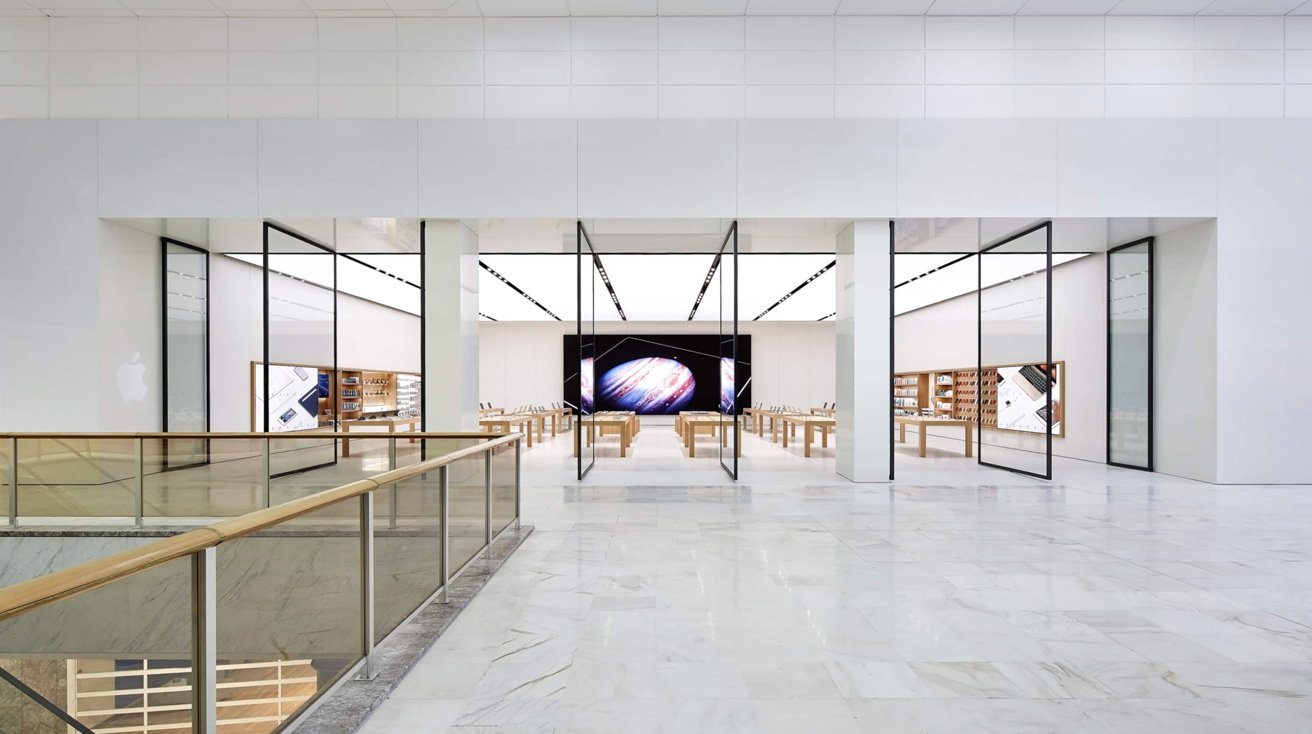Current-generation smart glasses are largely available in two different kinds.
Leading the pack on one side is Xreal, which is building smart glasses that connect to devices like your phone or laptop through a wire and can essentially act as a portable monitor.
The other kind of smart glasses, however, are perhaps a little more interesting. Smart glasses like the Meta Ray-Ban glasses have a speaker, microphone, and camera, and can use the camera to take pictures and see the world around you, or leverage AI to help you find information.
To date, Meta’s glasses have largely been the go-to for those who want this kind of more natural look. But new competitors are popping up – and Solos could have a winner on its hands. The new Solos AirGo Vision glasses boast visual recognition, language translation, and immediate access to an AI assistant powered by GPT-4o. I had to put them to the test while running around like a madman at CES 2025.
A natural design
Of course, the key to any smart glasses experience seems to be a natural design, and that’s something that these glasses achieve well. A natural design is partially why the likes of the Meta Ray-Ban have taken off while other smart glasses that try too hard to be futuristic offer too much technology to be natural.
Credit: Christian de Looper
That’s not to say the glasses are completely natural, though. On the front, they have two camera lenses, which you’ll be able to see, while the arms are a little bulkier than you would get on non-smart glasses. You don’t necessarily have to use the glasses with the cameras – the Solos AirGo3 glasses are the same as the AirGo Vision glasses but without the cameras, and you can use both, simply moving the arms of the glasses, which house many of the components, from one to another.
We hopped into Xpeng Aero HT’s ‘flying car’ at CES
But, at least at a glance, those around you might not be able to immediately tell that you’re wearing smart glasses until they take a closer look or until you take a photo and the white LED light flashes.
One thing I didn’t love about the design of the glasses is that you have to manually turn them on and off. You’ll remember to turn them on when you put them on and they don’t work. But after folding them up and putting them in my backpack, I couldn’t understand why the microphone on my phone wasn’t picking up my voice until I realized they were still connected. An automatic off when they fold up would be nice.

The glasses are designed to be worn in everyday life.
Credit: Christian de Looper
The glasses offer a battery life of around 10 hours of continuous use, and they’re IP67 water-resistant, so you should be able to use them in the rain perfectly fine.
AI on tap
Of course, the real advantage of these glasses has little to do with their design and much more to do with the features they offer.
Mashable Light Speed
Chief among those is the immediate and instant access to an AI voice assistant powered by ChatGPT. This voice assistant, of course, is highly customized and gets access to data, like your location and images from the cameras built into the glasses. What that means is that you can ask the assistant to find nearby restaurants or analyze things in front of you, like objects signs. While you might assume that this is a bit of a gimmick, it can come in handy for things like translating text.

The glasses are equipped with ChatGPT.
Credit: Christian de Looper
In other words, it can be more helpful in day-to-day life than ChatGPT itself would be without access to that data.
That said, I’m not completely sure exactly how it analyzes data like your location. After asking how long it would take to get to another hotel in Vegas, from the one I’m staying at, I was told it would be about a 10-minute Uber ride or a 25-minute walk. Thirty minutes into walking, I found that I was only around halfway there, and I’m a pretty fast walker. Normally, I beat the estimates given by apps like Google maps and Apple Maps.
CES 2025’s most practical smart glasses are these tint-changing lenses
There are some helpful ways to make the assistant more helpful in your day-to-day life, though. I really appreciated the ability to set its speech speed. Typically when I ask an AI assistant a question I just want the answer as soon as possible.
The Solos app
The experience of using Solo’s app is perfectly fine. From the app, you’ll be able to control different settings for both the glasses and your AI assistant, including the aforementioned ability to control how fast it talks. You’ll also be able to set audio EQ modes, which is a nice touch.
The app also allows you to type to your digital or capture a photo to send to it. I like the fact that you can manually type to the assistant instead of just being able to talk to it through the glasses, as it makes for a more versatile experience. The design of the app takes some getting used to, but it’s relatively well-designed overall, and most should be able to get used to it relatively quickly.
Privacy questions
Using the glasses did make me a little concerned about privacy, though. Some of the data I can understand needing access to, especially for certain features. I don’t love giving up my location, but if I want to be able to ask about nearby restaurants or how to get places, then it makes sense that I need to hand it over.
What doesn’t make sense are the constant requests for full photo library access. Initially, I gave limited photo library access simply so that the app could store photos that I captured, but it consistently and annoyingly requested full access every time I opened the app. I never gave in. I wasn’t going to hand it over to a company that I barely know. I suggest most do the same.
CES 2025: Hands-on with Sony-Honda’s AFEELA 1 Signature
I did ask about the privacy of the photos captured by the glasses themselves. Company said that any photos sent to the cloud I deleted after 30 seconds however, the photos that you take manually will be stored on the phone.
Sub-par audio
Like many other smart glasses models, these ones have speakers built into them. Of course, largely, this is used for the AI assistant to be able to talk to you after you make a request, but the glasses also like a basic Bluetooth device for listening to music and other audio.

The camera lens is quite visible on the Solos AirGo Vision smart glasses.
Credit: Christian de Looper
Unfortunately, the audio quality leaves a lot to be desired. The speakers are tinny, lack depth, and there’s little bass response to speak of, which is not all that surprising. The speakers built into smart glasses usually aren’t all that great. However, if you want a solid music experience you’ll still want to use wireless earbuds.
Conclusions
The Solos AirGo Vision smart glasses are a compelling take on the overall smart glasses concept. That said, I’m not quite sure anyone, including Solos, has truly nailed the idea just. The ability to talk to an AI-powered digital assistant as needed is helpful, and the fact that the assistant has access to information like your location and a camera seriously enhances its usability. But I didn’t love the subpar audio, and I’m not thrilled about how the glasses and the app handle private information.
Of course, it’s not like Meta is a home run in the area of privacy though. And, the Solos glasses come at a similar price. They’re available for $299, however it doesn’t seem like they’re available with the cameras from the website right now.









